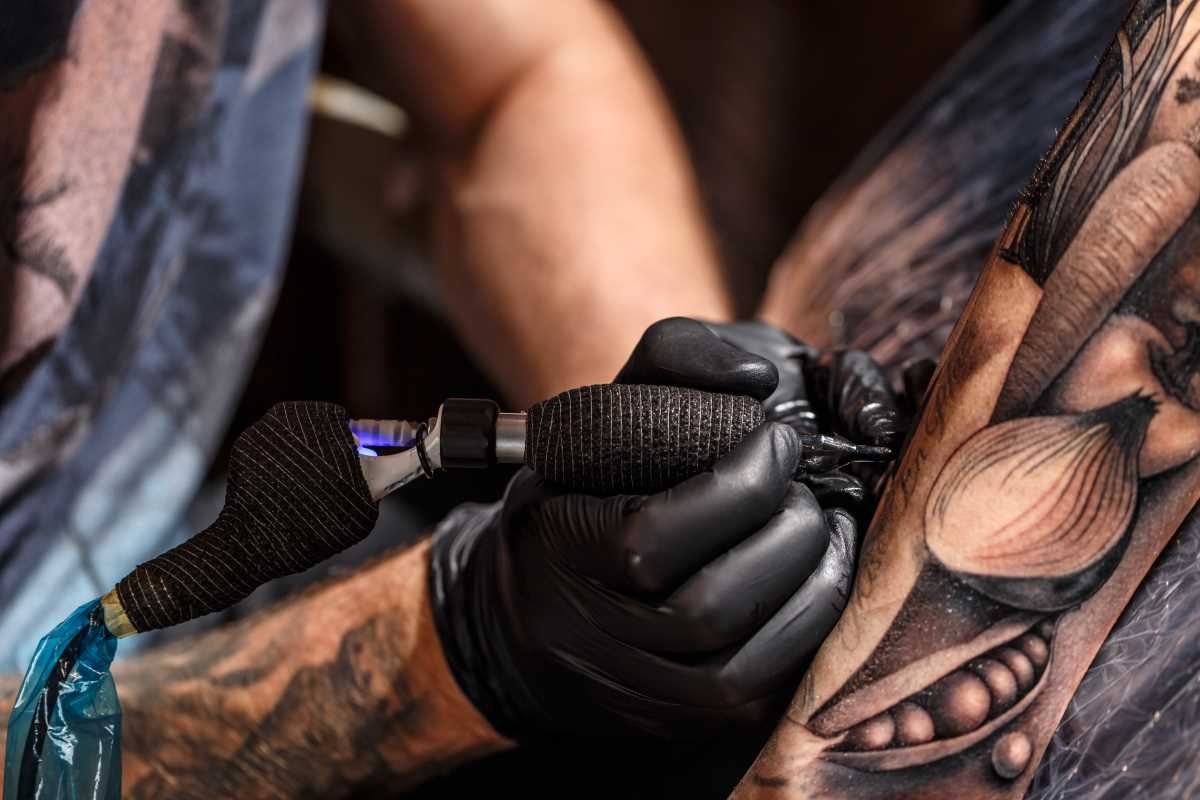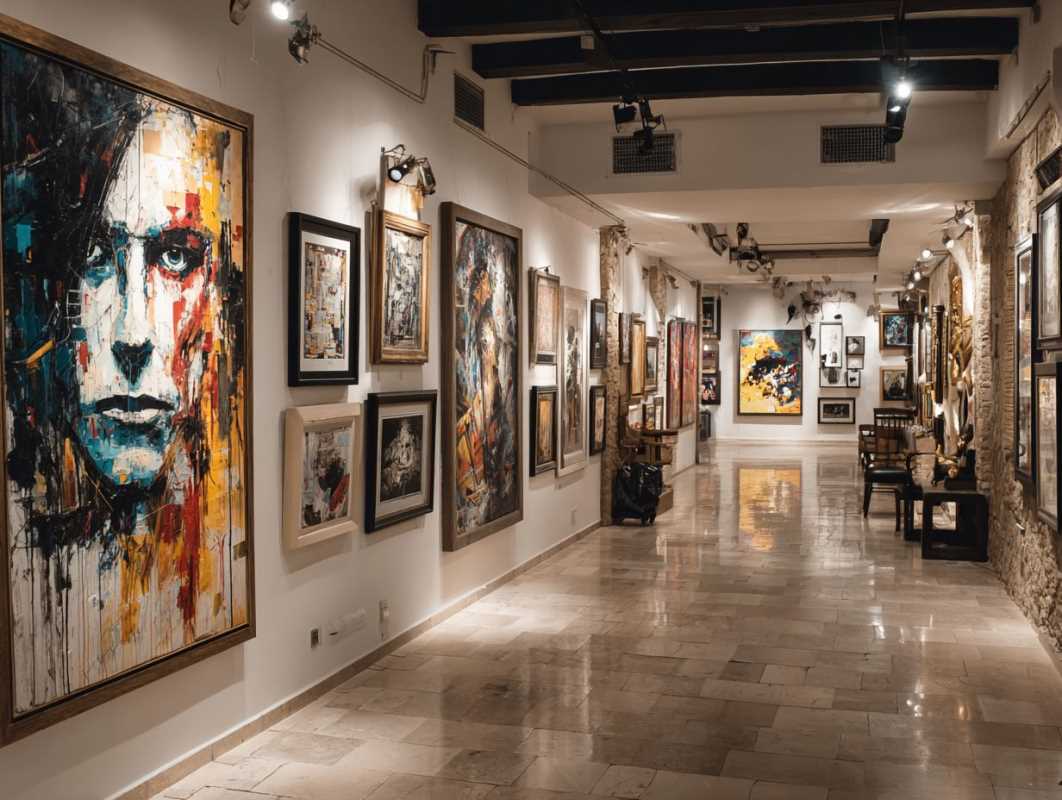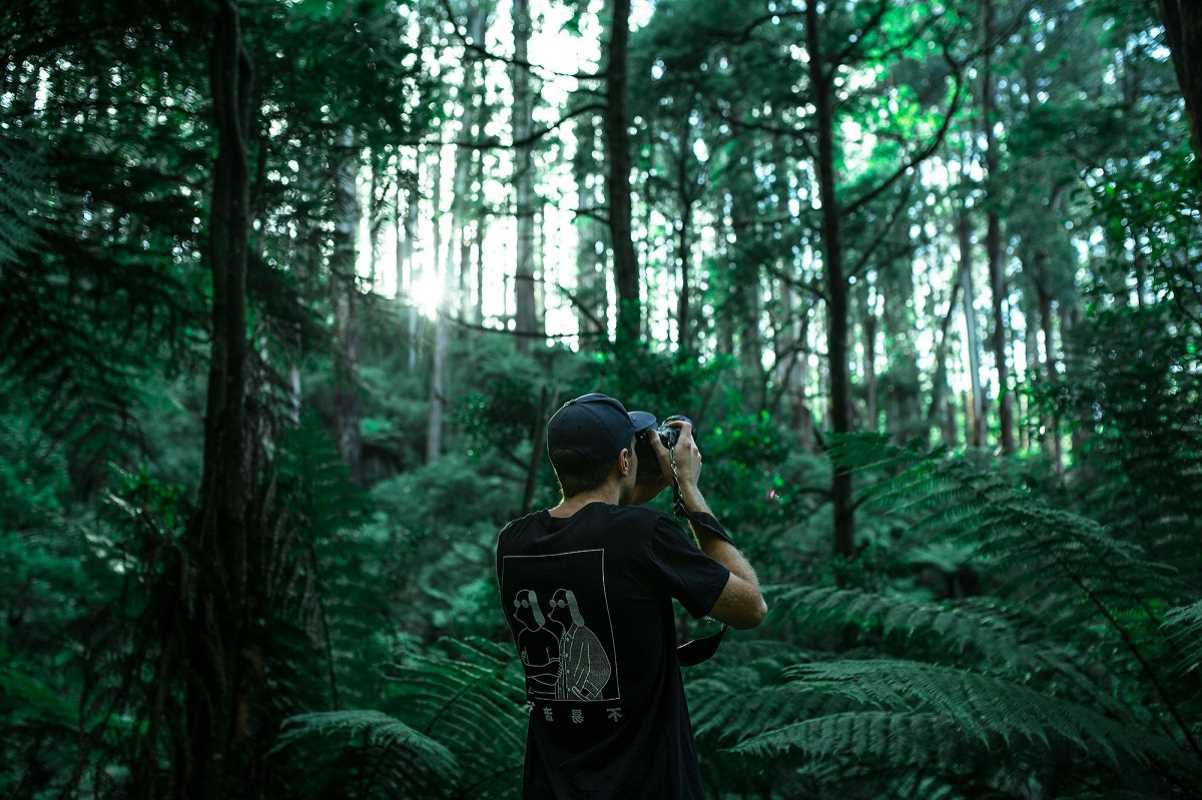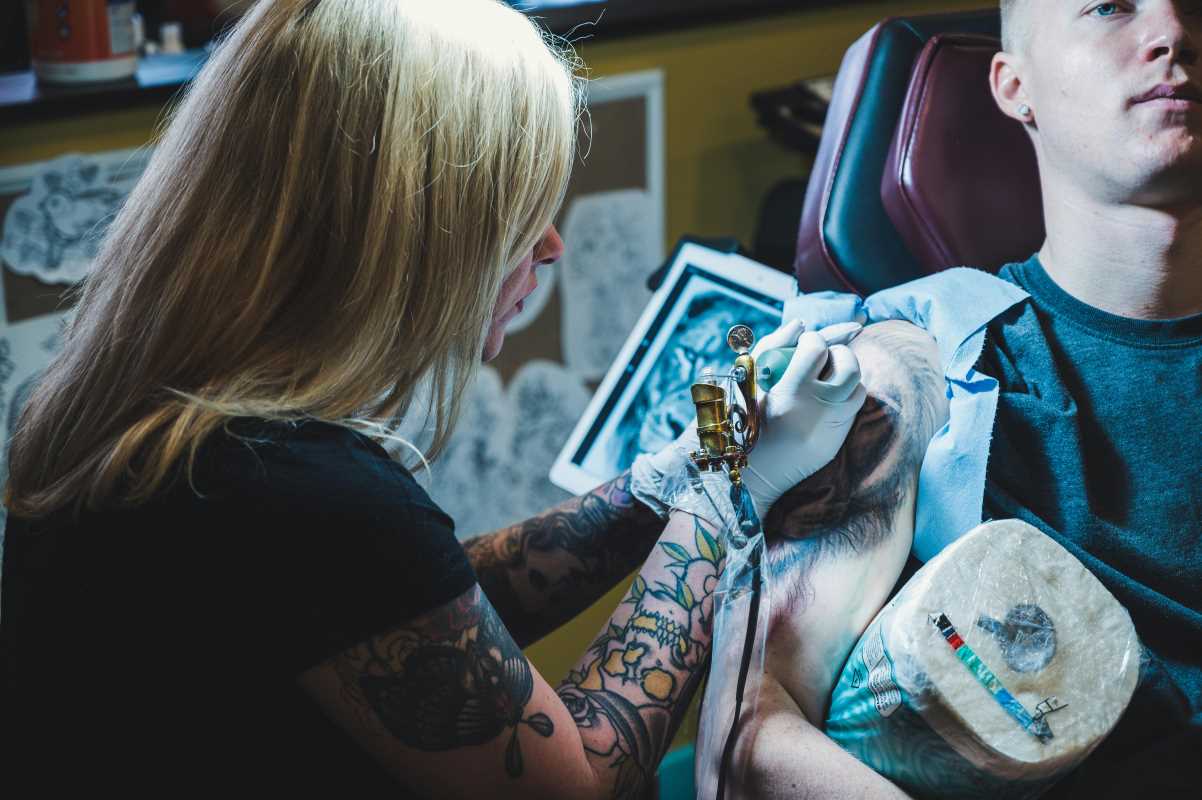The rise of digital art has transformed the creative industry, offering artists more tools, audiences, and opportunities than ever before. However, the introduction of AI-generated art presents a new challenge for creatives, pushing many to redefine their roles and adapt their strategies to compete against algorithms. For digital artists, thriving in this rapidly changing landscape means leveraging the right platforms, building a unique personal brand, and emphasizing qualities that AI simply cannot replicate.
This article explores leading platforms to showcase and sell digital art, as well as actionable strategies for standing out as a human artist in an era influenced by AI.
Popular Platforms for Digital Artists
The internet provides countless platforms for artists to share their work, grow their audience, and earn a living. Choosing the right ones can significantly impact an artist’s ability to gain recognition and compete successfully in the evolving creative market.
Behance
Behance, a platform by Adobe, is one of the most popular online portfolios for creatives. It’s ideal for graphic designers, illustrators, animators, and visual artists to showcase their work in a clean, professional environment.
Key Features
- Allows users to organize projects into collections or categories
- Offers exposure through community features like appreciation (equivalent to likes) and curated galleries
- Provides networking opportunities that connect artists with potential clients
Behance shines as a place to display polished work and attract professional or corporate opportunities, allowing digital artists to position themselves as industry experts.
ArtStation
ArtStation is a go-to platform for visual artists, especially those in gaming, animation, and movie industries. It functions as both a portfolio and an online marketplace, providing tools for sharing work and selling prints or digital downloads.
Key Features
- Tailored to artists in 3D modeling, concept art, and digital illustration
- Enables artists to directly monetize their work through prints, digital assets, and tutorials
- Integrates job boards and talent hunts for creative roles
Building a strong presence on ArtStation can open doors to high-profile projects and collaborations, making it essential for artists looking to break into entertainment or gaming.
DeviantArt
DeviantArt is one of the oldest and most diverse platforms for digital artists. Its large community offers a blend of casual and professional users, making it great for building a following.
Key Features
- Wide variety of art styles, from fan art to professional illustration
- Active community for feedback, collaboration, and sharing
- Built-in tools for selling premium content through subscriptions
Although DeviantArt is not solely aimed at professionals, its community interaction makes it an excellent space for artists to grow their fan base and engage directly with their audience.
Etsy and Gumroad
For artists looking to monetize their work, platforms like Etsy and Gumroad serve as valuable marketplaces for selling digital and physical products.
Etsy
Etsy is well-suited for handmade or creative goods, including digital prints, stickers, and custom artwork. It’s particularly appealing for artists who want to blend business with creative freedom.
Gumroad
Gumroad supports creators by allowing them to sell digital goods like e-books, courses, and templates. It’s ideal for artists who want to offer digital downloads or even tutorials to teach their craft.
Both platforms allow for direct sales, giving artists control over pricing and customer relationships.
Competing Against AI in the Creative Industry
AI tools have made it easier to generate high-quality art quickly, raising concerns about the role of human artists. While AI art is here to stay, artists can thrive by focusing on what makes them unique and irreplaceable.
1. Develop a Unique Style
One of the most critical strategies for competing against AI-generated art is to cultivate a distinct artistic style. AI excels in mimicking established patterns or imitating specific art movements, but it lacks the originality and emotional depth of human creativity.
Tips for Developing Style
- Experiment with different mediums, color palettes, and themes
- Draw inspiration from personal experiences or storytelling
- Focus on niche subjects or genres that set you apart
A signature style differentiates you from AI-generated pieces and makes your work memorable to potential clients or fans.
2. Prioritize Storytelling
Humans connect with stories on an emotional level, something AI-generated art cannot authentically replicate. Infusing your work with narratives, whether through complex characters, evocative themes, or symbolic elements, makes your art resonate deeply with viewers.
Examples
- Create artwork that reflects social themes or personal experiences
- Develop serialized content, such as a comic or an illustration series, that tells an evolving story
- Use captions, blogs, or videos to explain the meaning behind your work
Storytelling adds a layer of connection that makes your art more than just a visually appealing piece; it becomes an experience.
3. Build Personal Connections
AI cannot form relationships, but you can. Building connections with your audience builds trust, loyalty, and a loyal following that recognizes the human element in your work.
Strategies
- Share behind-the-scenes looks at your process through social media or blog posts
- Engage with your audience by responding to comments and messages
- Attend art conventions or local events to meet fans in person
By putting a human face to your brand, you create relationships that no algorithm can replace.
4. Social Media
Social media platforms like Instagram, Twitter, and TikTok offer excellent opportunities to share your work, expand your audience, and engage directly with fans.
Tips for Success
- Post consistently to keep your audience engaged
- Use hashtags strategically to reach relevant art communities
- Create shareable content that highlights your skill (e.g., time-lapse videos, tips for artists)
Social media also allows you to showcase your personality, further differentiating yourself from AI-generated art.
5. Collaborations and Partnerships
Collaborating with other artists, brands, or organizations can amplify your visibility and create opportunities for projects. Human partnerships create synergy and mutual growth that AI cannot replicate.
Ideas for Collaboration
- Collaborate with brands to create bespoke product designs
- Partner with writers or musicians to bring multi-disciplinary projects to life
- Join or organize group exhibitions
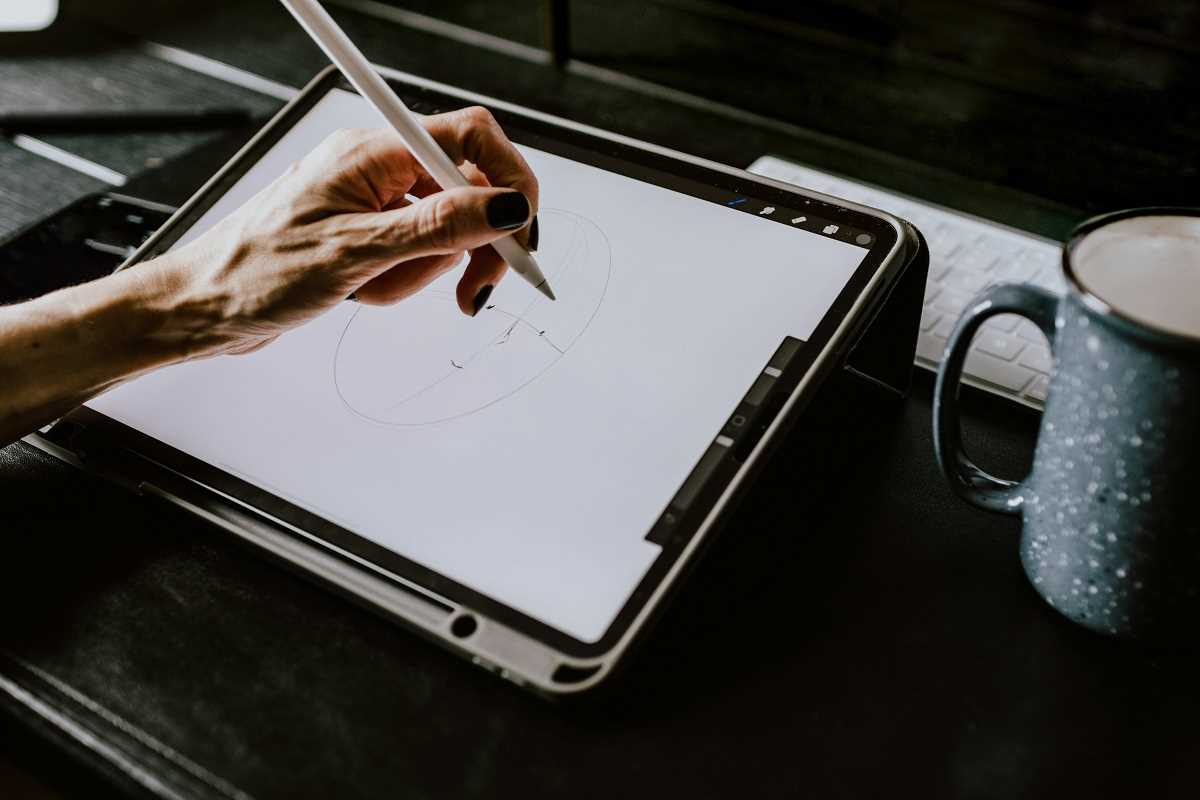 (Image via
(Image via